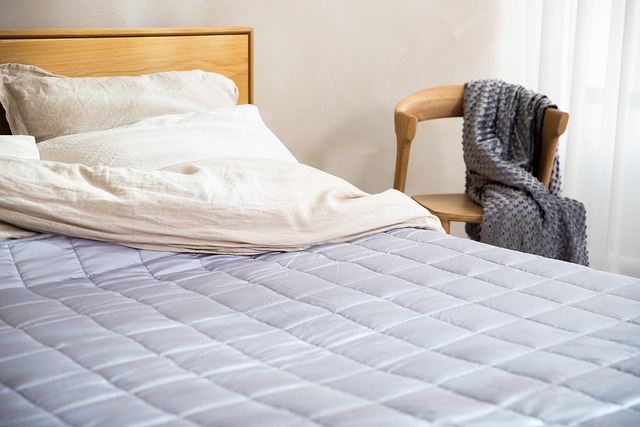Comforters: How to Choose and Care for Bedroom Bedding
A comforter is a central piece of bedding that affects sleep quality, bedroom aesthetics, and daily care routines. This article explains what comforters are, how to choose the right one for your bed, how they relate to other bedding items, and practical tips for cleaning, styling, and storage. Whether you’re replacing a worn blanket or updating a bedroom scheme, these practical points help you make informed choices.

What is a comforter and how does it work?
A comforter is a quilt-like blanket filled with insulating material encased in a fabric shell. Fill options include natural down, down alternatives (synthetic fibers), wool, and cotton batting. Construction styles such as box-stitch or baffle-box keep fill evenly distributed so the comforter insulates consistently across the surface. Comforters work by trapping warm air close to the body; the right fill and weight determine warmth and breathability. Fill power and fill weight are two different measures—one indicates loft, the other total filling amount—both helping you judge warmth and feel.
How to select a comforter for your bed
Choose a comforter size and weight to suit the mattress dimensions and your typical room temperature. Standard sizes match mattress dimensions (twin through California king) and overhang affects how it drapes the sides. Consider your sleep preferences: side sleepers may want lighter, more breathable fills; those who tend to run cold might prefer higher loft or wool. Check construction details—stitching that prevents shifting, hypoallergenic fills if you have sensitivities, and a durable shell fabric such as tightly woven cotton or cotton blends for longevity.
How comforters fit into overall bedding choices
A comforter usually sits atop sheets, a mattress protector, and sometimes a blanket, and is often housed in a duvet cover for easy cleaning and styling. Layering bedding can improve sleep comfort: a fitted sheet, flat sheet, thin blanket, and comforter allow you to add or remove layers through the night. Consider coordinating materials—cotton sheets pair well with cotton-faced comforters for breathability, while moisture-wicking fabrics suit warmer climates. Selecting complementary textures and colors helps create a cohesive bedding look in the bedroom.
How to style a comforter in your bedroom
Styling a comforter involves choosing color, pattern, and arrangement to match room decor. Neutral tones provide versatility; subtle patterns or textured weaves add visual interest without overwhelming a small bedroom. For a layered look, fold the comforter at the foot of the bed over a thin blanket or quilt, and add pillows of varying sizes and textures to create depth. Maintain visual balance by matching scale—large patterns suit bigger beds, smaller motifs work well on twin and full beds. A duvet cover lets you update the style seasonally without replacing the comforter.
Comforter or blanket: what are the differences?
The term blanket generally refers to a single-layer textile used for warmth; blankets can be woven, knit, or made from fleece and usually have a simpler construction than comforters. Comforters are thicker, filled items designed specifically to provide insulation as a standalone bed layer and often paired with a duvet cover. Blankets are more versatile for layering, lightweight warmth, or use on sofas. Choosing between them depends on desired warmth, maintenance needs, and styling preferences: a blanket can add texture under a comforter or replace it in warmer months.
Conclusion
Comforters are practical, aesthetic, and functional components of bedroom bedding. Understanding fill types, construction, size selection, and how comforters relate to blankets and other bedding helps you choose an option that matches sleep habits and room conditions. Regular care—using a cover, occasional washing per manufacturer instructions, and proper storage—extends a comforter’s useful life and keeps your bedroom looking and feeling comfortable.






